Lanzavecchia + Wai explore their love for travel with Globe-Trotter
For Wallpaper* Handmade X, Lanzavecchia + Wai and Globe-Trotter design luggage that allows the hypothetical collector to store memories
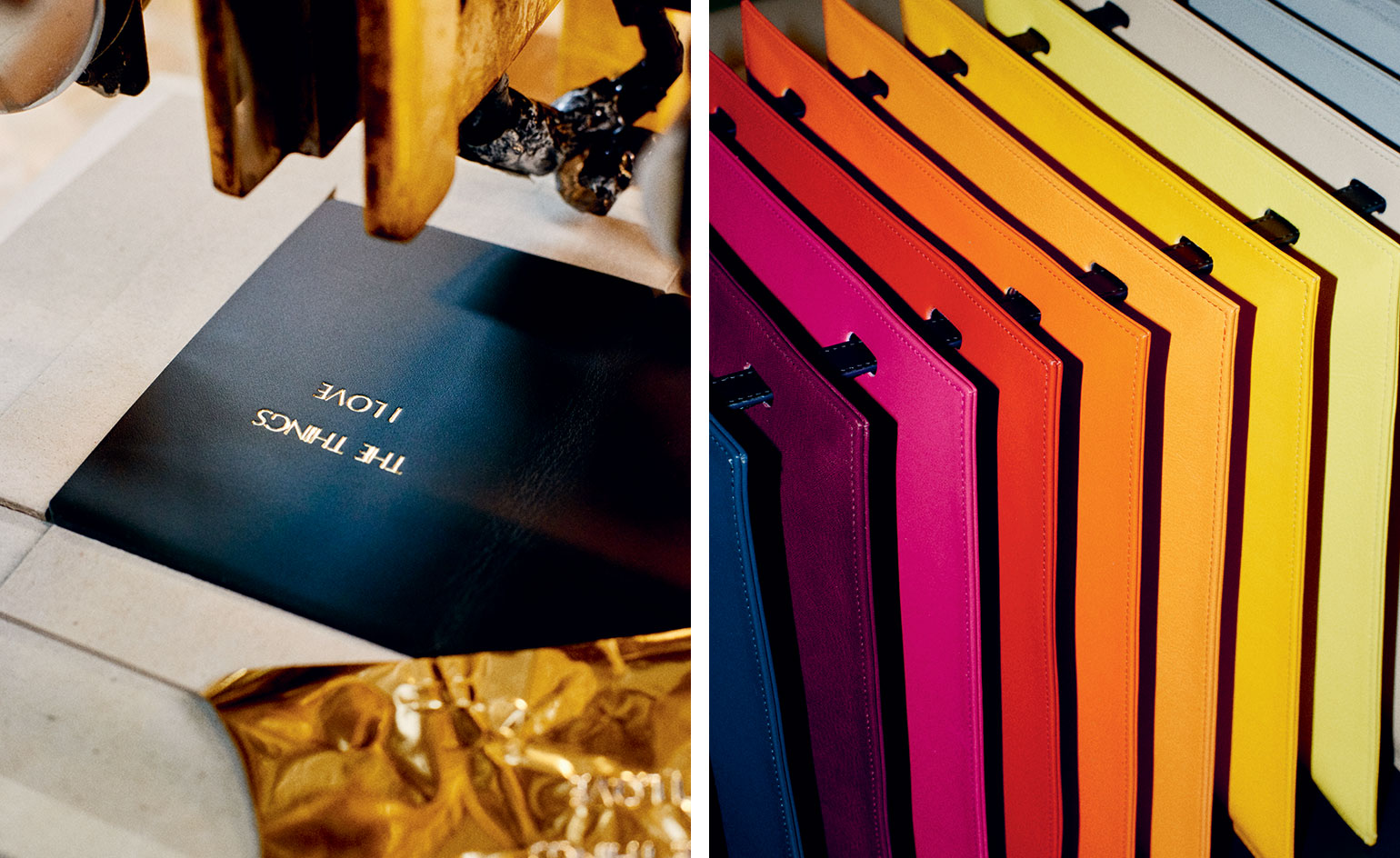
To see their Handmade design for the first time, Francesca Lanzavecchia and Hunn Wai have travelled all the way to Globe-Trotter’s British factory from their respective bases in Italy and Singapore. It’s a wintry day in Hertfordshire, but the pair are practically bursting with excitement as we are ushered around on a guided tour of the factory’s well-oiled production line, prior to the big reveal.
Established in 1897 by David Nelken in Saxony, Germany, Globe-Trotter moved its business to the UK in 1932, where it developed a thoroughly British DNA and, in turn, picked up a varied list of devotees, from Elizabeth II to Kate Moss. The company continues to release its classic pieces, but also incorporates seasonal collections, with design led by Charlotte Seddon.
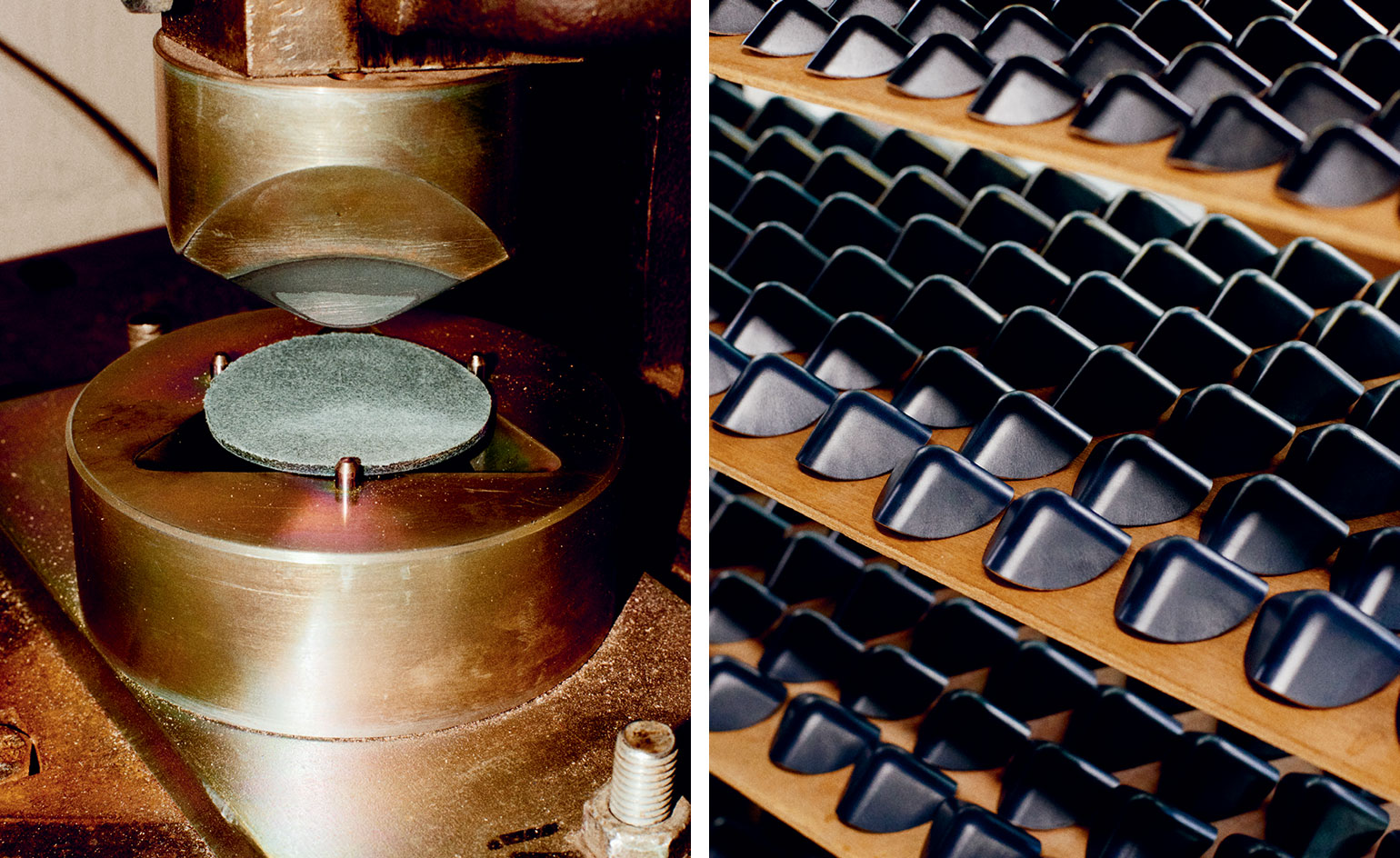
Left, a Victorian fly press with a brass last was used to press the case’s leather corners into shape. Right, prepared leather corners. Photography: Joss McKinley
Each day, a team of 80 craftspeople come to work at the factory – using machinery and methods that have been part of the production line since the company’s Victorian beginnings. It may not be as quick as some modernised alternatives, but if it isn’t broken, why fix it? ‘Brand heritage and story are really important to us,’ says Lanzavecchia. ‘We never go in with a fixed idea, as we first need to understand the context for which we are designing. We instantly thought Globe-Trotter was a good match as we have built our studio around travelling.’ It’s no understatement: the designers have clocked up some serious air miles, having both left their native countries to study at the Design Academy Eindhoven. In 2010, they co-founded their eponymous studio, then returned home, meeting up wherever their work takes them.
It may not suit everyone, but the duo – who describe themselves as ‘researchers, engineers, craftsmen and story-tellers’ – claim that this distance is almost key to their creative process, and has become somewhat of a USP when working with brands such as Living Divani.
Seeing their own travel as a quest for personal growth, the pair were drawn to the idea of creating a bag for a hypothetical collector, who picks up bits and pieces from their journeys as a way of creating memories. This so-called collector’s case takes its design cues from late-19th-century intercontinental exploration and features an expanding accordion-like middle, intended to store objects gathered en route.
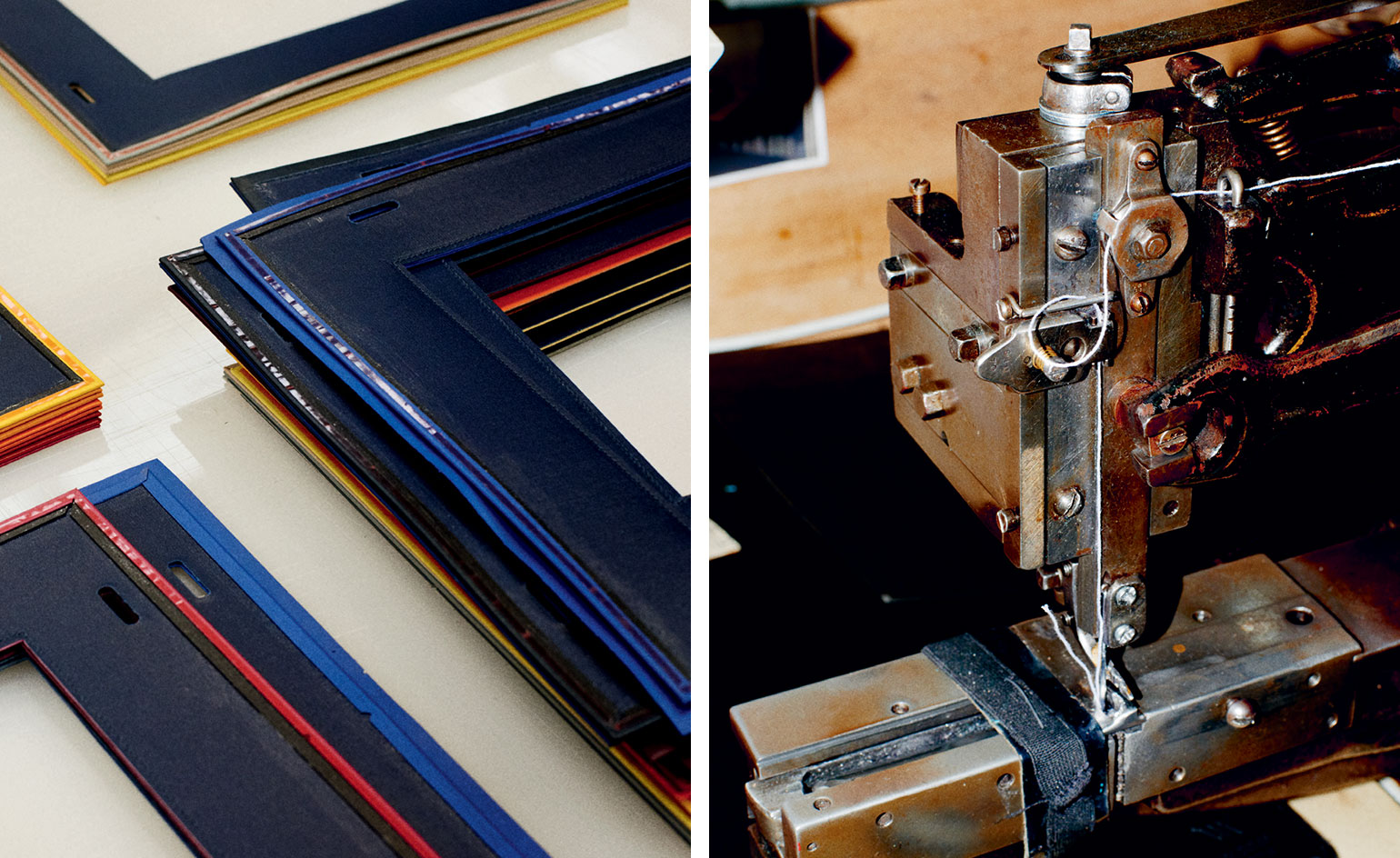
Left, the case’s concertina leather sections being prepared. Right, the factory is filled with antique machinery still in operation, such as this sewing machine. Photography: Joss McKinley
Its relatively small, hand luggage-like size was designed to deter the traveller from flippant hoarding. ‘There’s a tension between wanting to bring back everything, or going back with only memories,’ Lanzavecchia says. ‘It makes you ask yourself, “Do I really need to bring this home?” adds Wai.
Conceptually, this tension was alluded to through the case’s soft and solid materials: while its concertina compartments are made of supple Italian calf leather, the rigid outer structure was made using the company’s patented vulcanised fibreboard. Details come in the form of a small leather-bound log book and, more surprisingly, a handcuff and padlock – after all, the case should be used to store some precious souvenirs.
‘One of the main joys of being a designer is to feel like a beginner all the time, and from travelling, we have moments of discovery that shape our business,’ Wai concludes. ‘So we do believe that travelling is a gesture of love itself, it’s a love for yourself, other cultures, and it is something that enriches you and encourages you to grow and extend your limits.’
As originally featured in the August 2019 issue of Wallpaper* (W*245)
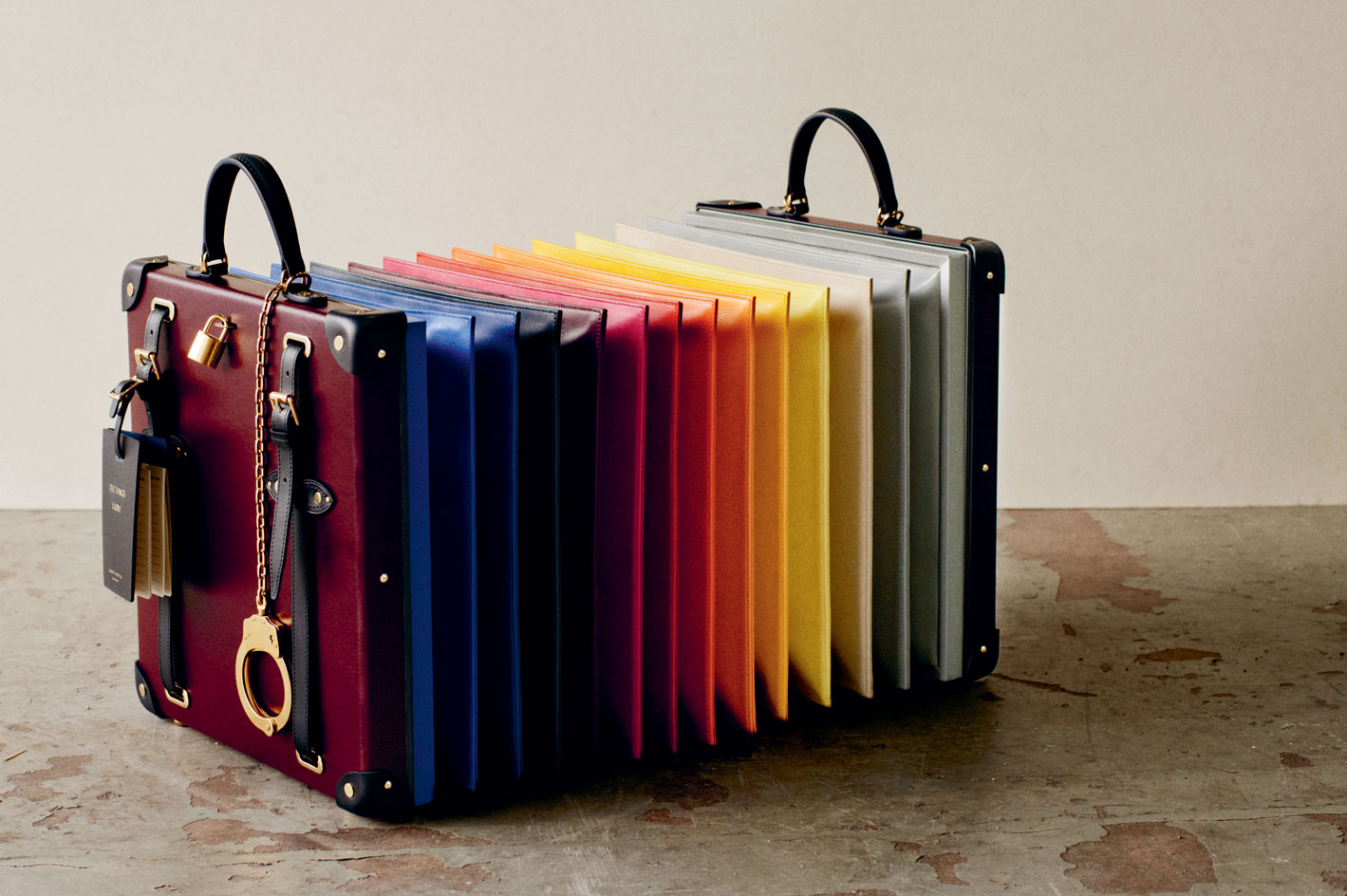
The finished case, which comes with a gold-plated padlock and handcuff. Photography: Joss McKinley
INFORMATION
lanzavecchia-wai.com; globe-trotter.com
Receive our daily digest of inspiration, escapism and design stories from around the world direct to your inbox.
-
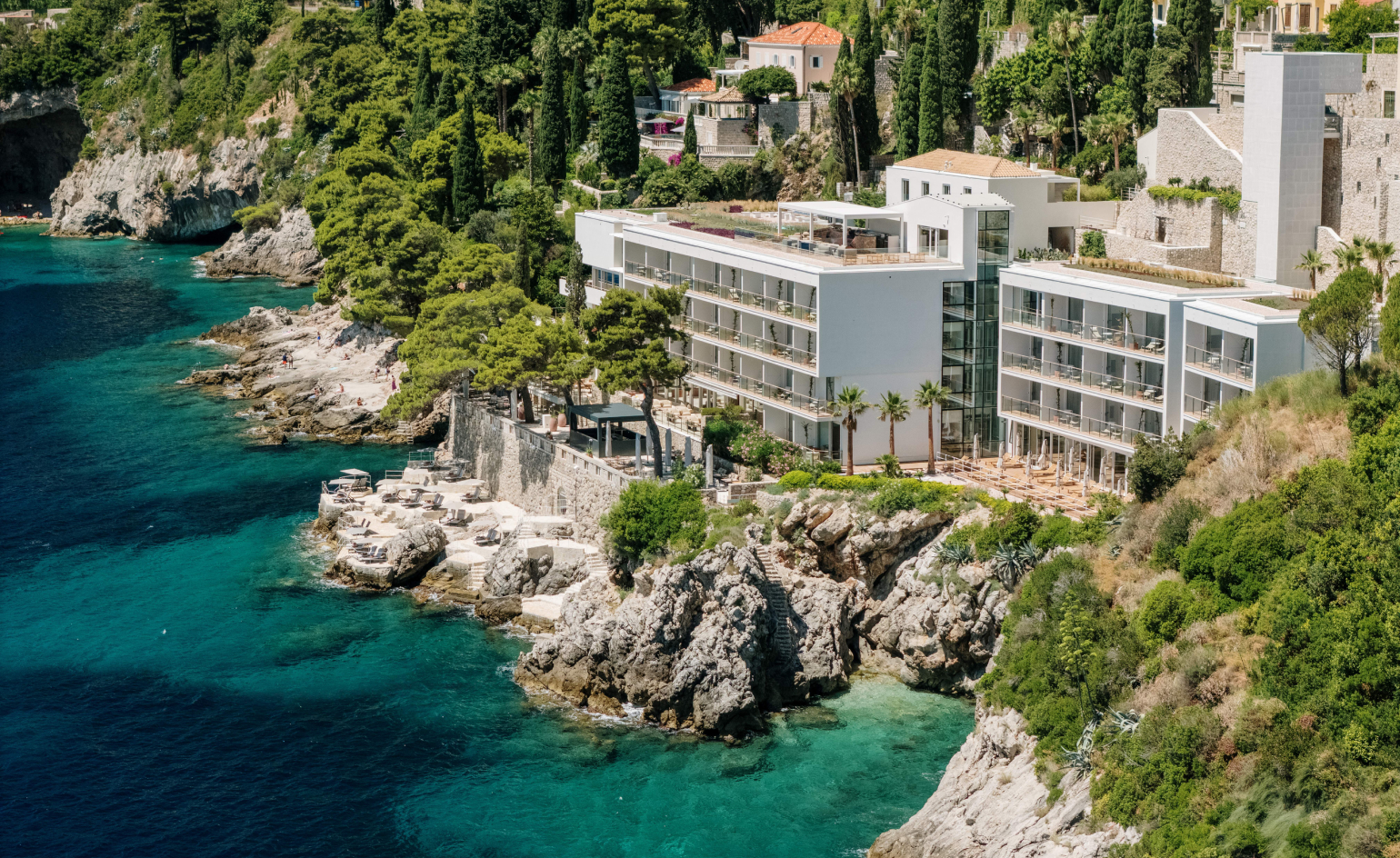 Arthur Casas reimagines Villa Dubrovnik as a modern Adriatic retreat
Arthur Casas reimagines Villa Dubrovnik as a modern Adriatic retreatThe Brazilian architect brings poetic restraint and light to Croatia’s most elegant coastal hotel
-
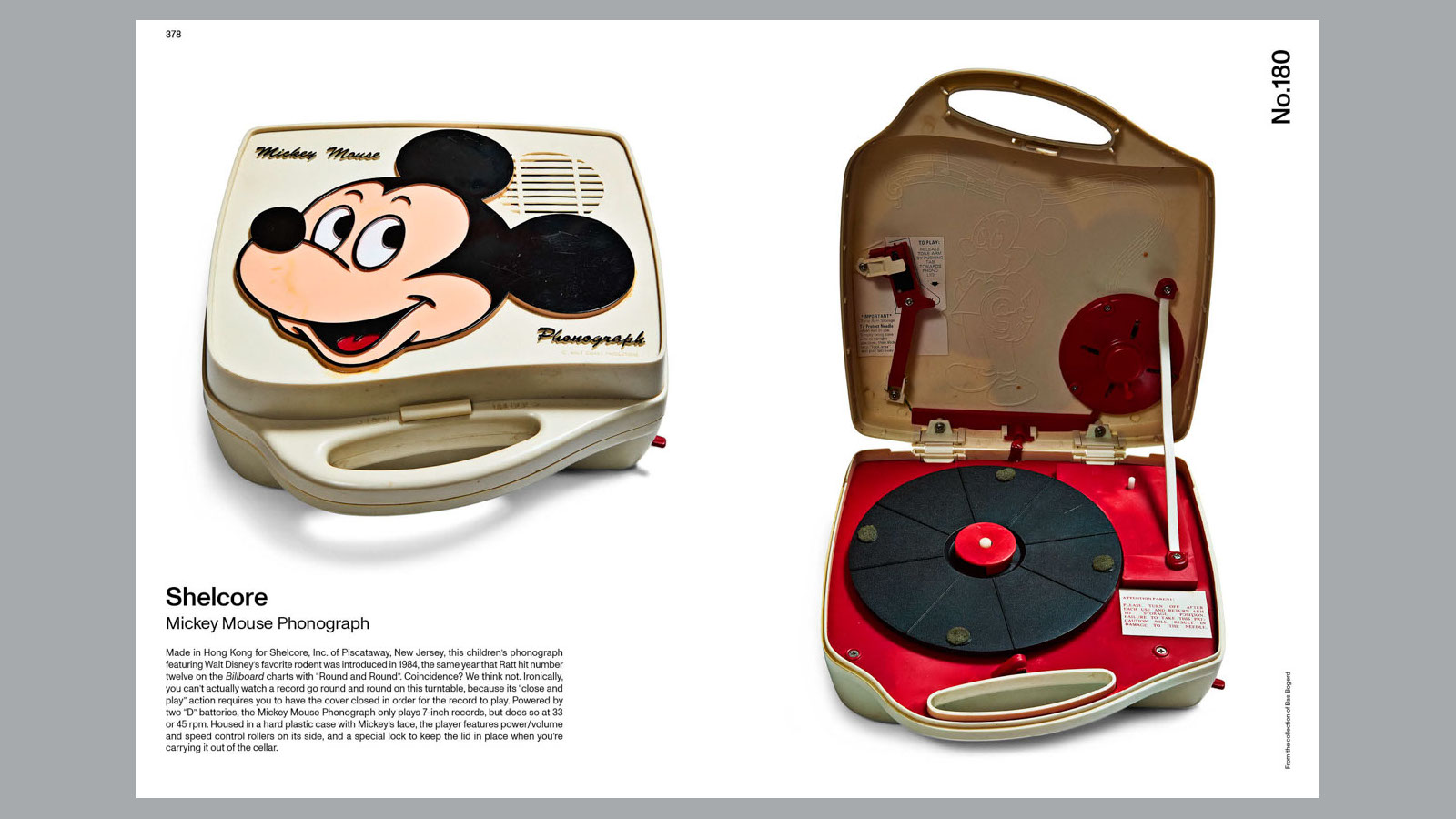 14 of the best new books for music buffs
14 of the best new books for music buffsFrom music-making tech to NME cover stars, portable turntables and the story behind industry legends – new books about the culture and craft of recorded sound
-
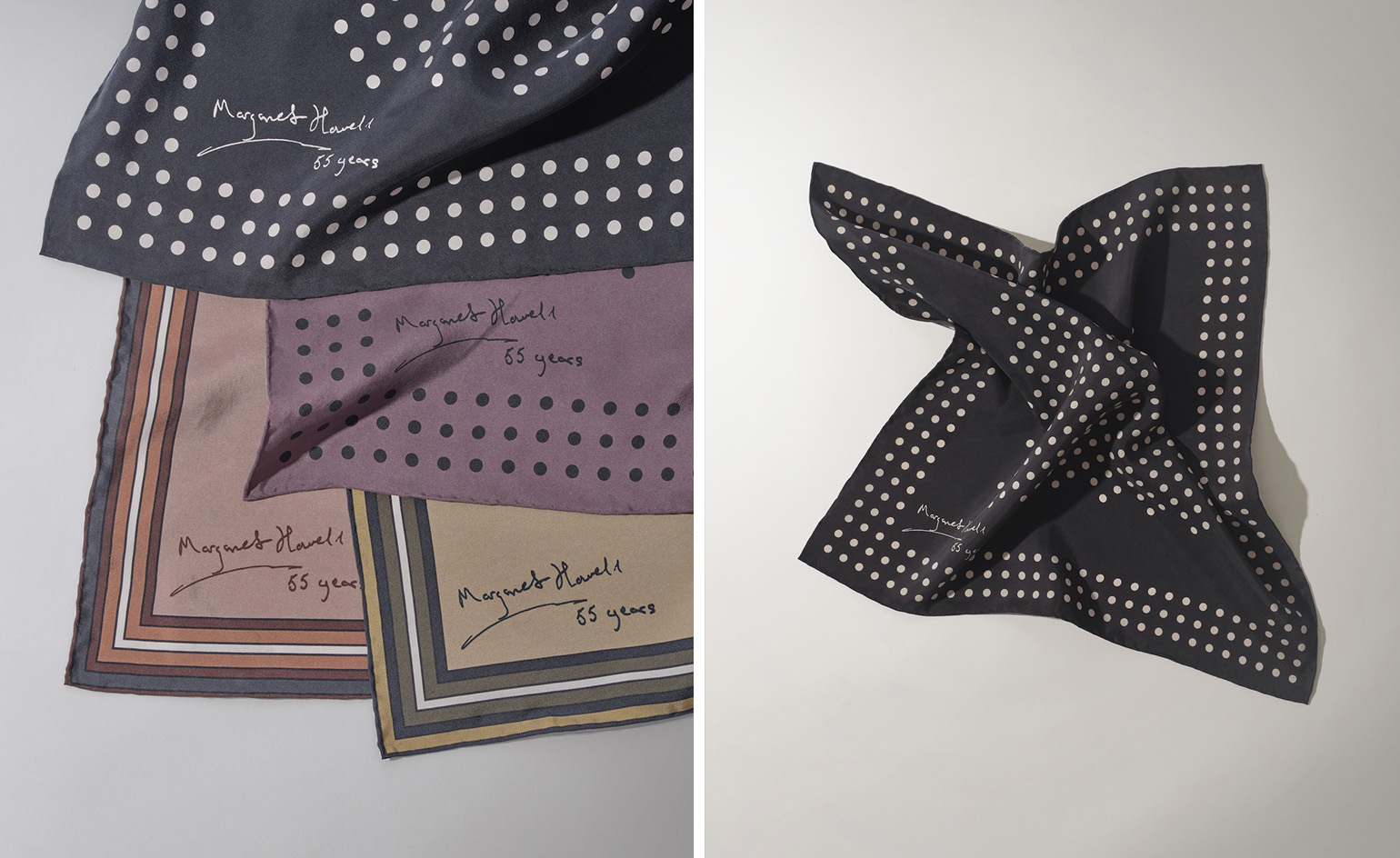 Margaret Howell marks 55 years in business by reissuing pieces from her archive
Margaret Howell marks 55 years in business by reissuing pieces from her archiveThe stalwart of British design will reissue a series of archival silk scarves to celebrate the landmark anniversary, alongside an era-traversing exhibition of foulards at the brand’s Wigmore Street store